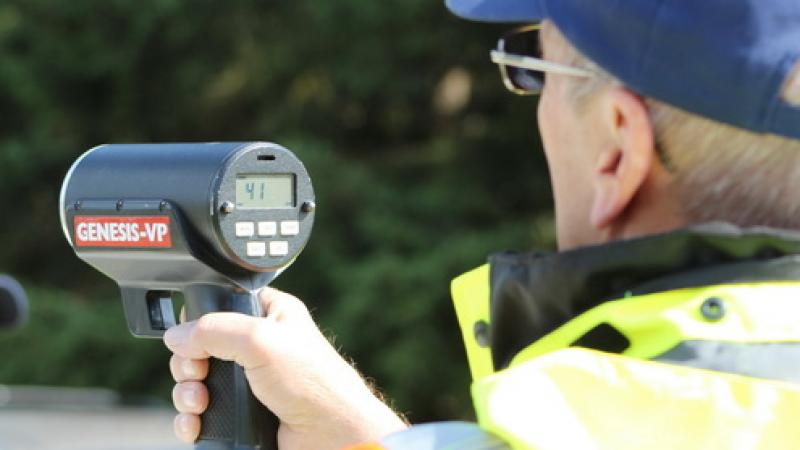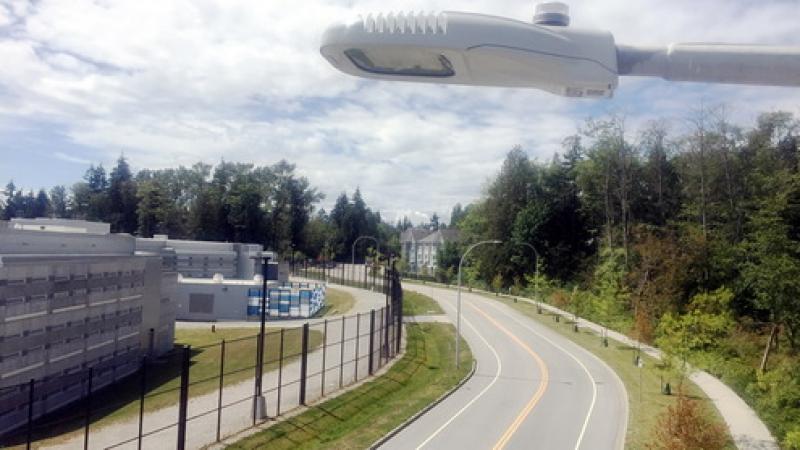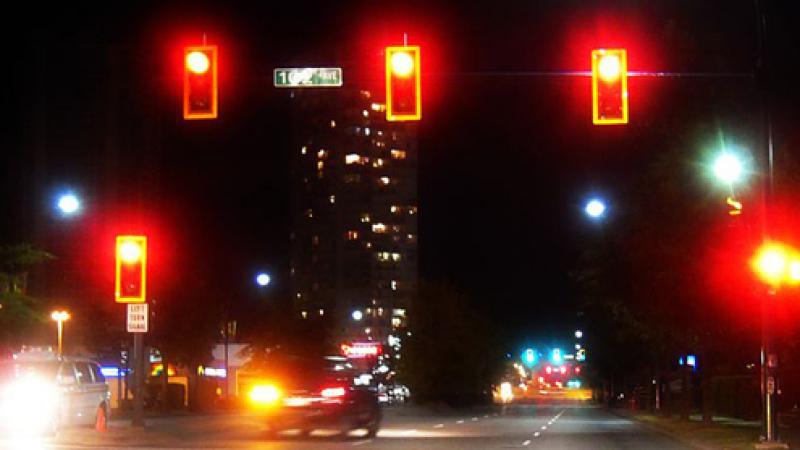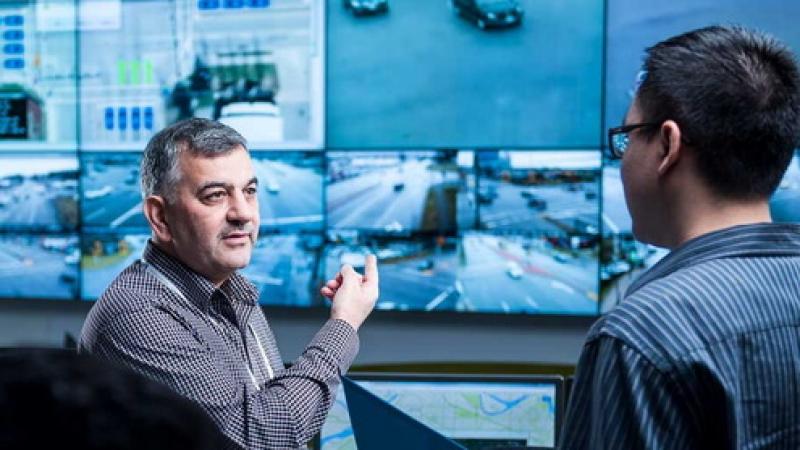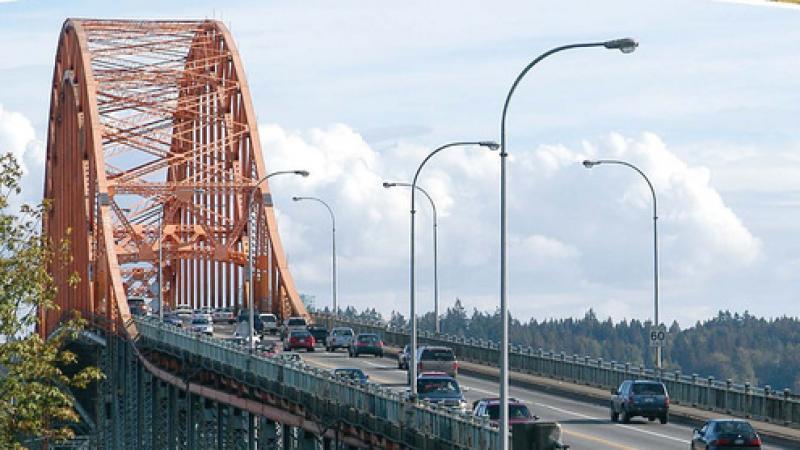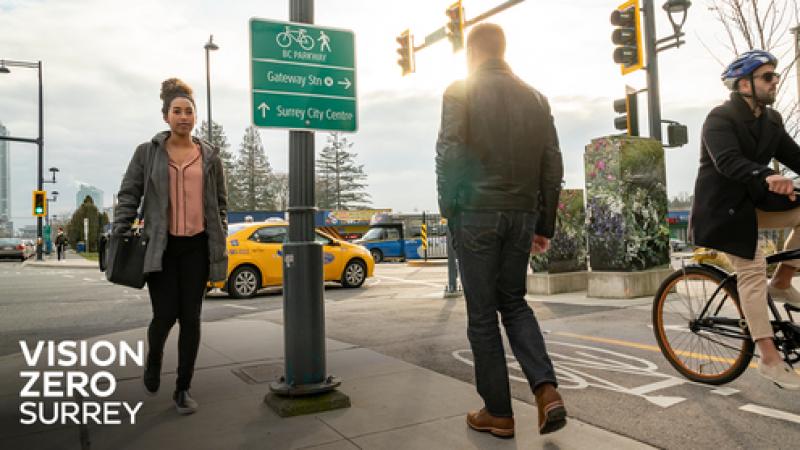
Roads
Learn about the different types of roads in Surrey, including arterial, local and collector roads.
Major road network
Metro Vancouver’s major road network connects the provincial highway system with the local road network. It was created by TransLink in 1999 and is a subset of Surrey's arterial road network.
Maintenance and capital construction on the major road network are done by Surrey. TransLink funds the maintenance of the network, and the funding for most capital works is split 50-50 between Surrey and TransLink.
There are four types, or classifications, of roads in Surrey:
Provincial & regional highways
Provincial highways are operated and maintained by the provincial Ministry of Transportation and Infrastructure. Capital construction is funded by the province, and the city pays for things like sidewalks, curbs, streetlights and ditch infills. We also share the cost of parts of highway interchanges and overpasses.
The provincial highways in Surrey are:
- Highway 1 (Trans-Canada Highway)
- Highway 10
- Highway 15 (Pacific Highway)
- Highway 17
- Highway 99
- 8 Avenue between King George Boulevard and Highway 15
Regional highways are operated and maintained by TransLink.
Regional highways in Surrey are:
- Golden Ears Way
- Pattullo Bridge
Arterial roads
Arterial roads are the main roads through the city. They are used by public transit and are important routes for emergency services.
Arterial are planned to have travel lanes, a landscaped median, grass boulevard with trees, sidewalks and street lighting.
Roads that don't have these features yet will be prioritized by:
- Traffic volume
- Available property
- Anticipated growth
- Coordination with other projects
- Funding availability
Some arterial roads are planned to be non-standard and have more or fewer lanes and different transit options.
Collector roads
Collector roads allow for traffic within larger neighbourhoods and town centres that are all potential transit routes. They are built and funded almost entirely by the developers of the land as a requirement of development.
Collector roads are all planned to have:
- Two travel lanes (one in each direction)
- Bike lanes
- Grass boulevards with street trees
- Sidewalks and streetlights
- Parking on at least one side of the road
Some collector roads were built before these requirements and may have been built to a previous standard and might not have all of these features.
Local roads
Local roads are mostly for local traffic and to connect communities. They are built and funded almost entirely by the developers of the land as a requirement of development. Most local roads have:
- Two-way travel
- Grass boulevards with street trees
- Sidewalks and streetlights
- Parking on at least one side of the road
Some collector roads were built before these requirements and may have been built to a previous standard and might not have all of these features.
Some local roads have two travel lanes, whereas others are "queuing streets". A queuing street has one travel lane with on-street parking and so drivers have to pull over to let oncoming cars to pass. These streets lower the speed of traffic and minimize the pavement width, so there isn't as big an impact on the environment or as much demand on the drainage system.
Truck route network
Surrey's truck route network consists of provincial and regional highways and strategic City arterial roads. It is a subset of our arterial road network.
Truck travel is restricted to the truck route network, except when a truck’s origin or destination is not located on the network. In those cases, a truck must take the shortest route from the network to their destination and back.
The integrity of the truck route network is vital to the economic development and vitality of Surrey. It supports the competitiveness of our businesses and boosts productivity and access to local, national, and international markets.
Before 1999, all arterial roads were truck routes. In 1999, a specific truck route network was developed, including a large public consultation process. At the same time, TransLink, the regional transportation authority, and the regional Major Road Network were created. Under the provincial South Coast British Columbia Transportation Authority Act, TransLink has regulatory authority over the truck route network.
Surrey's truck route is a schedule to the Highway and Traffic Bylaw.
